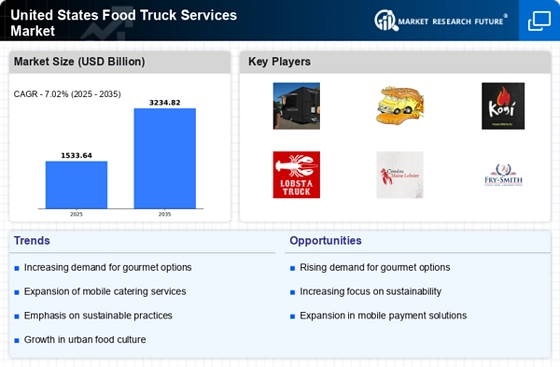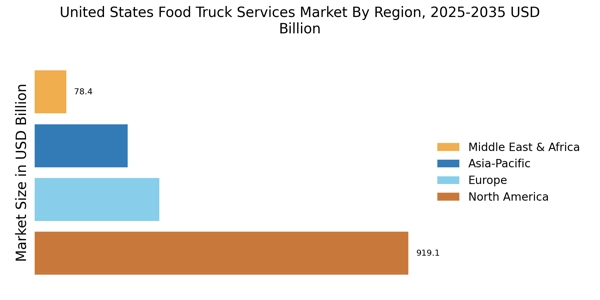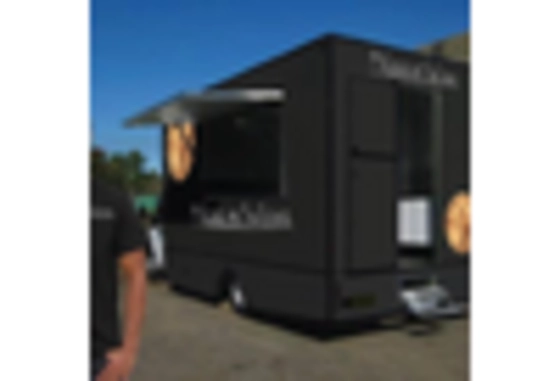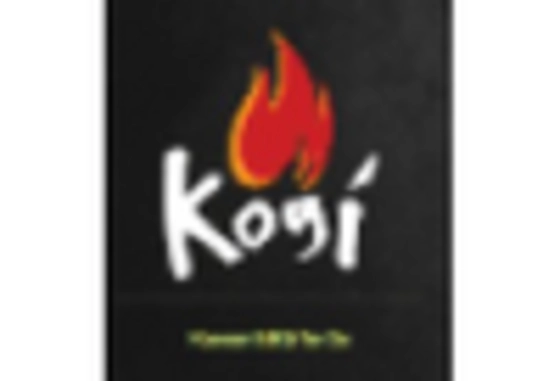Urbanization and Mobility
The increasing trend of urbanization in the United States is a pivotal driver for the Food Truck Services Market Industry. As more individuals migrate to urban areas, the demand for convenient and diverse dining options rises. Food trucks, with their mobility and ability to serve various neighborhoods, cater to this demand effectively. According to recent data, urban areas are projected to house approximately 85% of the U.S. population by 2030, which suggests a growing market for food trucks. This demographic shift not only enhances the visibility of food trucks but also encourages local entrepreneurs to enter the market, thereby fostering competition and innovation within the United States Food Truck Services Market Industry.
Culinary Innovation and Trends
Culinary innovation plays a crucial role in driving the United States Food Truck Services Market Industry. Food trucks are often at the forefront of culinary trends, offering unique and diverse menu options that appeal to adventurous eaters. The rise of fusion cuisine and gourmet offerings has transformed food trucks into culinary destinations rather than mere fast-food alternatives. Market analysis suggests that food trucks are increasingly incorporating local and organic ingredients, aligning with consumer preferences for healthier dining options. This trend not only enhances the appeal of food trucks but also supports local farmers and suppliers, creating a symbiotic relationship within the United States Food Truck Services Market Industry. As culinary creativity continues to flourish, food trucks are likely to attract a broader customer base.
Regulatory Support and Licensing
Regulatory support and streamlined licensing processes are emerging as vital drivers for the United States Food Truck Services Market Industry. Local governments are increasingly recognizing the economic potential of food trucks and are implementing policies that facilitate their operation. This includes simplifying the permitting process and reducing fees, which encourages new entrants into the market. Recent data indicates that cities with favorable regulations have seen a surge in food truck businesses, contributing to local economies and job creation. As municipalities continue to adapt their regulations to support food trucks, the industry is poised for growth, allowing entrepreneurs to capitalize on the burgeoning demand for mobile food services within the United States Food Truck Services Market Industry.
Consumer Preference for Convenience
The modern consumer's preference for convenience is a significant driver in the United States Food Truck Services Market Industry. Busy lifestyles have led to an increased demand for quick and accessible meal options. Food trucks, often strategically located in high-traffic areas, provide an ideal solution for individuals seeking fast yet quality food. Market data indicates that food truck sales have seen a steady increase, with revenues reaching approximately 1 billion dollars in recent years. This trend reflects a shift in consumer behavior, where traditional dining experiences are being replaced by more flexible and convenient options. As consumers continue to prioritize convenience, the food truck sector is likely to expand further, adapting to meet evolving tastes and preferences.
Social Media and Marketing Strategies
The role of social media in marketing strategies is a significant driver for the United States Food Truck Services Market Industry. Food trucks leverage platforms like Instagram and Facebook to engage with customers, promote their locations, and showcase their unique offerings. This digital presence not only enhances visibility but also fosters a community around food truck culture. Market data suggests that food trucks with active social media engagement experience higher customer footfall and loyalty. As consumers increasingly rely on social media for dining recommendations, food trucks that effectively utilize these platforms are likely to thrive. This trend indicates a shift in marketing dynamics, where traditional advertising is being replaced by more interactive and community-driven approaches within the United States Food Truck Services Market Industry.


















Leave a Comment